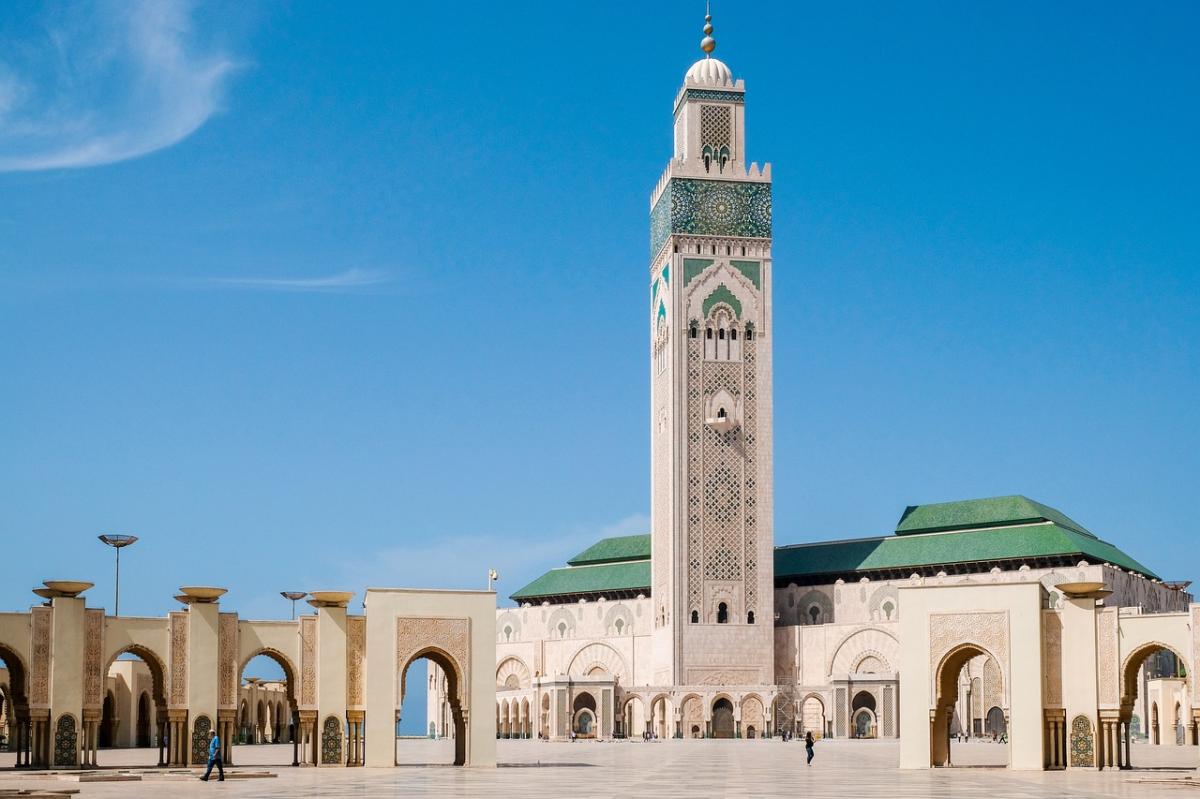
Unlocking the Charm: Morocco Unveiled
Morocco is a country that captivates the imagination of many travelers. It is a land of contrasts, where ancient and modern coexist, where mountains and deserts meet, where Arab and Berber cultures blend, and where Africa and Europe touch. Morocco is a place where you can experience the richness of history, the diversity of culture, the beauty of nature, and the warmth of hospitality. In this article, we will introduce you to some of the aspects that make Morocco a unique and fascinating destination.
Geography of Morocco
Morocco is located in the northwest corner of Africa, facing the Atlantic Ocean and the Mediterranean Sea. It has a total area of about 446,550 square kilometers (excluding Western Sahara), making it slightly larger than California or slightly less than twice the size of the United Kingdom. Morocco has a varied geography, ranging from the rugged Atlas Mountains that divide the country into two regions, to the fertile plains and valleys that support agriculture, to the arid Sahara Desert that covers most of the south. Morocco also has a long coastline of about 1,835 kilometers, with many sandy beaches and rocky coves.
Morocco’s climate is influenced by its location and topography. It has a Mediterranean climate in the north and along the coast, with mild winters and hot summers. The interior regions have a continental climate, with cold winters and hot summers. The south has a desert climate, with scarce rainfall and extreme temperatures. Morocco’s weather can also vary greatly depending on the season and the region. For example, in winter, you can enjoy skiing in the snow-capped mountains or sunbathing on the beach. In summer, you can escape the heat by visiting the cool oases or the breezy coastal towns.
Culture of Morocco
Morocco’s culture is a blend of Arab, Berber, Andalusian, African, Jewish, and European influences. It reflects the country’s long and complex history of migrations, invasions, trade, and colonization. Morocco’s culture is expressed in many forms, such as language, religion, art, architecture, music, cuisine, clothing, and customs.
Morocco has two official languages: Standard Arabic and Standard Moroccan Berber (also known as Tamazight). However, most Moroccans speak Moroccan Arabic (also known as Darija), which is a dialect that incorporates words from Berber, French, Spanish, and other languages. Berber languages are also spoken by about 26% of the population in different regions of Morocco. French is widely used as a second language for education, business, and diplomacy. Spanish is also spoken in some northern areas that were formerly under Spanish rule. English is becoming more popular among young people and tourists.
Morocco’s main religion is Islam, which was introduced by Arab invaders in the 7th century. About 99% of Moroccans are Sunni Muslims who follow the Maliki school of jurisprudence. Islam plays an important role in Morocco’s social and political life. Moroccans observe the five pillars of Islam: declaration of faith (shahada), prayer (salat), almsgiving (zakat), fasting (sawm), and pilgrimage (hajj). They also celebrate Islamic holidays such as Ramadan (the month of fasting), Eid al-Fitr (the festival of breaking the fast), Eid al-Adha (the festival of sacrifice), and Mawlid (the birthday of Prophet Muhammad).
Morocco’s art and architecture reflect its diverse cultural heritage. Moroccan art is characterized by geometric patterns, floral motifs, calligraphy, and vibrant colors. Moroccan architecture is influenced by Islamic, Berber, Andalusian, Roman, French, and Spanish styles. Some examples of Moroccan architecture are:
- The Hassan II Mosque in Casablanca: This is one of the largest mosques in the world and one of the few that are open to non-Muslims. It was built between 1986 and 1993 to commemorate the 60th birthday of King Hassan II. It has a minaret that reaches 210 meters high and a glass floor that overlooks the Atlantic Ocean.
- The Koutoubia Mosque in Marrakech: This is one of the oldest mosques in Morocco and one of its landmarks. It was built in the 12th century by the Almohad dynasty. It has a minaret that stands 77 meters high and serves as a model for other mosques in Morocco and Spain.
- The Medina of Fez: This is one of the largest and best-preserved medieval cities in the world. It was founded in the 9th century by Idris I and expanded by successive dynasties. It has over 9,000 narrow streets and alleys, hundreds of mosques and madrasas (Islamic schools), palaces and riads (traditional houses), souks (markets), and tanneries (leather workshops).
- The Kasbah of Ait Benhaddou: This is a fortified village that dates back to the 17th century. It is located on a hill along the Ounila River in the High Atlas Mountains. It is made of mud bricks and has several towers and houses. It is a UNESCO World Heritage Site and a popular filming location for movies such as Gladiator, The Mummy, and Game of Thrones.
Morocco’s music and cuisine are also influenced by its diverse cultural influences. Moroccan music is a fusion of Arab, Berber, Andalusian, African, and European elements. It includes genres such as Gnawa, which is a spiritual music that originated from enslaved Africans; Chaabi, which is a popular folk music that combines Arabic and Berber rhythms; Andalusian, which is a classical music that traces its roots to medieval Spain; Rai, which is a modern music that blends Arabic and Western styles; and Amazigh, which is a traditional music that expresses the identity and values of the Berber people. Moroccan music is often accompanied by instruments such as the oud (a lute-like stringed instrument), the darbuka (a goblet-shaped drum), the bendir (a frame drum), the qanun (a zither-like instrument), the ney (a reed flute), and the karkabas (metal castanets).
Moroccan cuisine is one of the most diverse and delicious in the world. It is influenced by Arab, Berber, Andalusian, Mediterranean, African, and Jewish cuisines. It uses spices such as saffron, cumin, turmeric, paprika, ginger, cinnamon, and ras el hanout (a blend of several spices). It also uses ingredients such as couscous (steamed semolina grains), tagine (a clay pot used to cook meat and vegetables), harira (a soup made of lentils, chickpeas, tomatoes, and herbs), pastilla (a pastry filled with meat or seafood and almonds), kefta (minced meatballs), mechoui (roasted lamb), briouats (triangular pastries filled with cheese or meat), mint tea (a green tea flavored with mint leaves and sugar), and dates (a sweet fruit).
Clothing and Customs of Morocco
Morocco’s clothing and customs are also influenced by its culture and religion. Moroccans wear both traditional and modern clothes depending on the occasion, the season, and the region. Traditional clothes include:
- The djellaba: This is a long loose-fitting robe with a hood that covers the whole body. It is worn by both men and women in different colors and fabrics. It protects from the sun, the wind, and the cold.
- The caftan: This is a long dress with long sleeves that is worn by women on special occasions such as weddings and festivals. It is usually made of silk or cotton and decorated with embroidery or sequins.
- The takchita: This is a two-piece dress that consists of a caftan and an overcoat that is worn by women on special occasions. It is usually made of silk or velvet and adorned with beads or crystals.
- The balgha: These are flat slippers made of leather that are worn by both men and women. They are usually brown or black and have no heels or backs.
- The tarboosh: This is a red felt hat with a tassel that is worn by men on formal occasions. It is also known as a fez.
- The sheshiya: This is a white skullcap that is worn by men under the tarboosh or alone. It is also known as a kufi.
Modern clothes include jeans, t-shirts, dresses, skirts, jackets, sweaters, shoes, etc. They are worn by both men and women in urban areas or for casual occasions. However, Moroccans tend to dress modestly and respectfully according to Islamic norms. They avoid wearing clothes that are too tight, too short, too revealing, or too flashy.
Morocco’s customs are also influenced by its culture and religion. Moroccans are known for their hospitality, generosity, friendliness, and politeness. Some of the common customs include:
- Greeting: Moroccans greet each other by saying “Salam alaykum” (peace be upon you) and shaking hands or kissing on both cheeks depending on the gender and the relationship. They also ask about each other’s health, family, work, etc.
- Visiting: Moroccans visit each other frequently to socialize and maintain relationships. They usually bring gifts such as flowers, sweets, or fruits to the host. They also remove their shoes before entering the house. They accept any food or drink offered by the host as a sign of respect and gratitude.
Conclusion
Morocco is a country that offers a lot of attractions and experiences for travelers. It has a diverse geography, a rich culture, a delicious cuisine, and a hospitable people. Morocco is a country that can surprise you, delight you, and inspire you. Morocco is a country that deserves to be explored and enjoyed.
FAQs
Q: What is the best time to visit Morocco?
A: The best time to visit Morocco depends on your preferences and the regions you want to visit. Generally, spring (March to May) and autumn (September to November) are the best seasons to enjoy the mild weather and avoid the crowds. However, if you want to see the snow in the mountains or the desert in bloom, winter (December to February) can also be a good option. Summer (June to August) can be very hot and dry, especially in the south and the interior, so it is advisable to stay near the coast or in the high altitudes.
Q: What are some of the must-see places in Morocco?
A: Morocco has many places that are worth seeing, depending on your interests and tastes. Some of the most popular ones are:
- Marrakech: This is one of the most famous and vibrant cities in Morocco. It is known for its historic medina, its lively souks, its majestic palaces, its colorful gardens, and its lively nightlife.
- Fez: This is one of the oldest and most cultural cities in Morocco. It is known for its medieval medina, its Islamic architecture, its leather tanneries, its ceramic workshops, and its intellectual heritage.
- Chefchaouen: This is one of the most picturesque and charming towns in Morocco. It is known for its blue-washed houses, its mountainous scenery, its artisanal products, and its relaxed atmosphere.
- Essaouira: This is one of the most beautiful and laid-back coastal towns in Morocco. It is known for its fortified medina, its sandy beach, its fishing port, its windsurfing opportunities, and its artistic vibe.
- Merzouga: This is one of the most adventurous and exotic places in Morocco. It is known for its golden sand dunes, its camel rides, its desert camps, and its starry nights.
Q: What are some of the things to do in Morocco?
A: Morocco has many things to do for different types of travelers. Some of the most common ones are:
- Shopping: Morocco is a paradise for shoppers who love to bargain and discover unique items. You can find anything from carpets, pottery, jewelry, spices, leather goods, clothing, lamps, etc. in the various souks and markets across the country.
- Hiking: Morocco has many hiking trails that cater to different levels of difficulty and duration. You can hike in the Atlas Mountains, the Rif Mountains, the Anti-Atlas Mountains, or even the Sahara Desert. You can also join guided tours or hire local guides to help you along the way.
- Cooking: Morocco has a cuisine that is renowned for its flavors and diversity. You can learn how to cook some of the traditional dishes such as couscous, tagine, harira, pastilla, etc. by joining cooking classes or workshops in different cities or villages.
- Spa: Morocco has a tradition of wellness and relaxation that dates back to centuries. You can pamper yourself by visiting a hammam (a public bathhouse) or a spa (a private facility) where you can enjoy massages, scrubs, facials, etc. using natural products such as argan oil, ghassoul clay, rose water, etc.
- Culture: Morocco has a culture that is rich and varied. You can immerse yourself in it by visiting museums, mosques, madrasas, synagogues, tombs, etc. that showcase the history, art, religion, and architecture of Morocco. You can also attend festivals, concerts, exhibitions, etc. that celebrate the music, dance, literature, and cinema of Morocco.
Q: What are some of the tips for traveling in Morocco?
A: Traveling in Morocco can be an enjoyable and rewarding experience if you follow some tips such as:
- Respect: Morocco is a Muslim country that has conservative values and norms. You should respect them by dressing modestly, avoiding public displays of affection, not drinking alcohol in public, not eating during Ramadan (if you are not fasting), etc.
- Safety: Morocco is generally a safe country that has low crime rates and friendly people. However, you should still be careful by avoiding dark or isolated areas, not carrying large amounts of cash or valuables, not accepting offers from strangers, etc.
- Bargaining: Bargaining is a common practice in Morocco that is expected and enjoyed by both sellers and buyers. You should bargain by starting with a low price, being polite and friendly, walking away if you are not satisfied, etc.
- Transportation: Morocco has various modes of transportation that can suit different budgets and preferences. You can travel by plane, train, bus, taxi, car rental, etc. You should check the prices, schedules, routes, etc. before booking or boarding. You should also be prepared for delays, traffic jams, road conditions, etc.
Q: What are some of the souvenirs to bring back from Morocco?
A: Morocco has many souvenirs that can remind you of your trip and impress your friends and family. Some of the most popular ones are:
- Argan oil: This is a natural oil that is extracted from the kernels of the argan tree that grows only in Morocco. It has many benefits for the skin, hair, and health. It can be used as a moisturizer, a conditioner, a massage oil, a salad dressing, etc.
- Leather goods: These are products that are made of leather that is tanned and dyed in the traditional way in Morocco. They include bags, wallets, belts, shoes, jackets, etc. They are durable, stylish, and colorful.
- Pottery: These are products that are made of clay that is molded and painted by hand in Morocco. They include plates, bowls, cups, teapots, vases, etc. They are decorative, functional, and diverse.
- Spices: These are products that are used to flavor and color food in Morocco. They include saffron, cumin, turmeric, paprika, ginger, cinnamon, ras el hanout, etc. They are aromatic, tasty, and healthy.
- Carpets: These are products that are woven by hand using wool, cotton, or silk in Morocco. They have different patterns, colors, and sizes depending on the region and the tribe that make them. They are warm, cozy, and artistic.
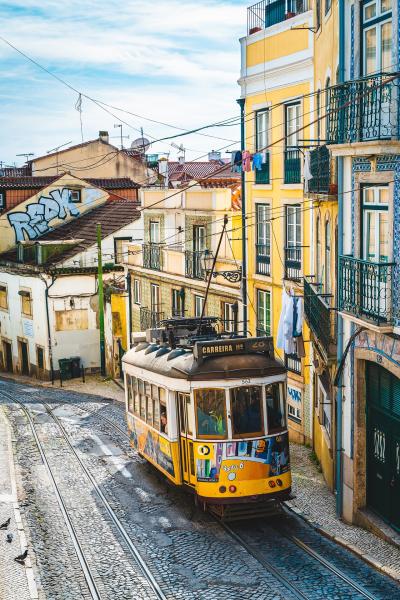
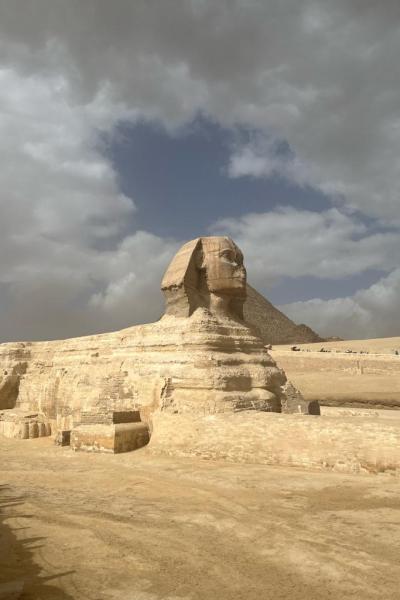
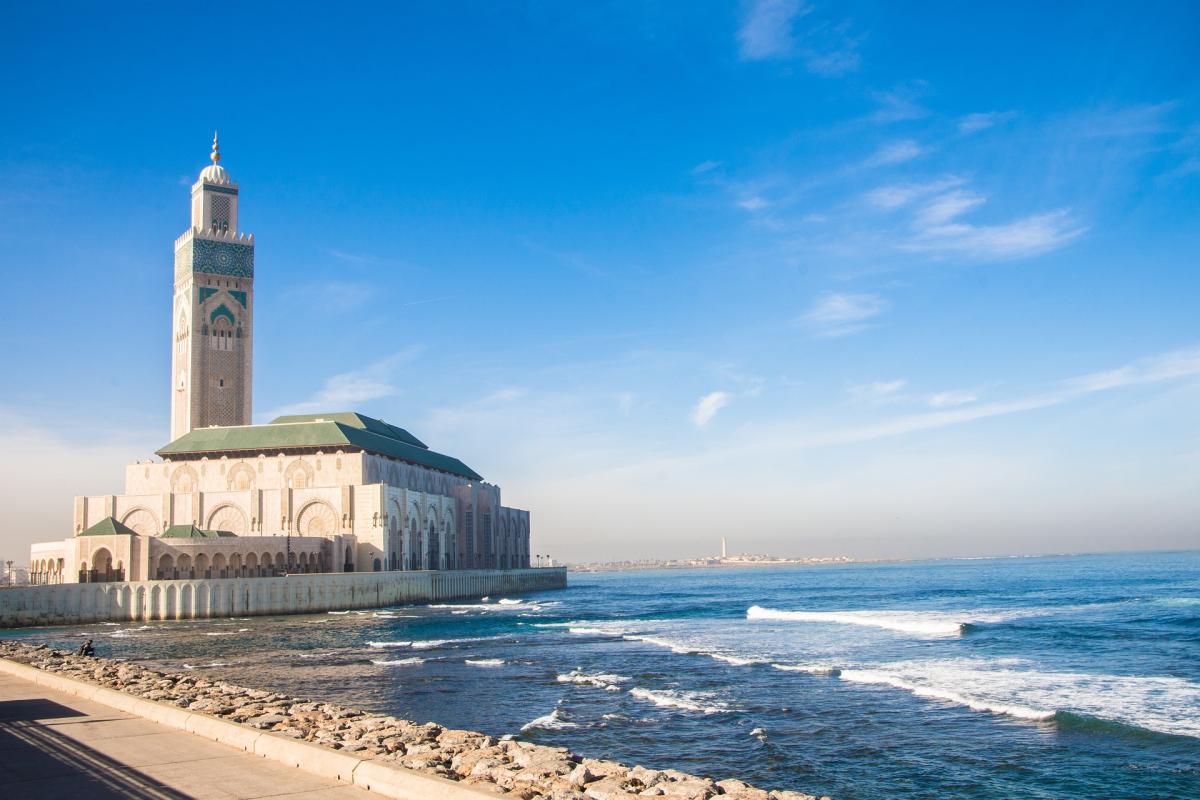
Morocco is a country of dazzling diversity, a place where the senses are awakened by the scent of spices in a bustling souk, the sight of the sun setting over the vast Sahara, the taste of sweet mint tea, and the ancient call to prayer echoing through a labyrinthine medina. It is a destination that offers...
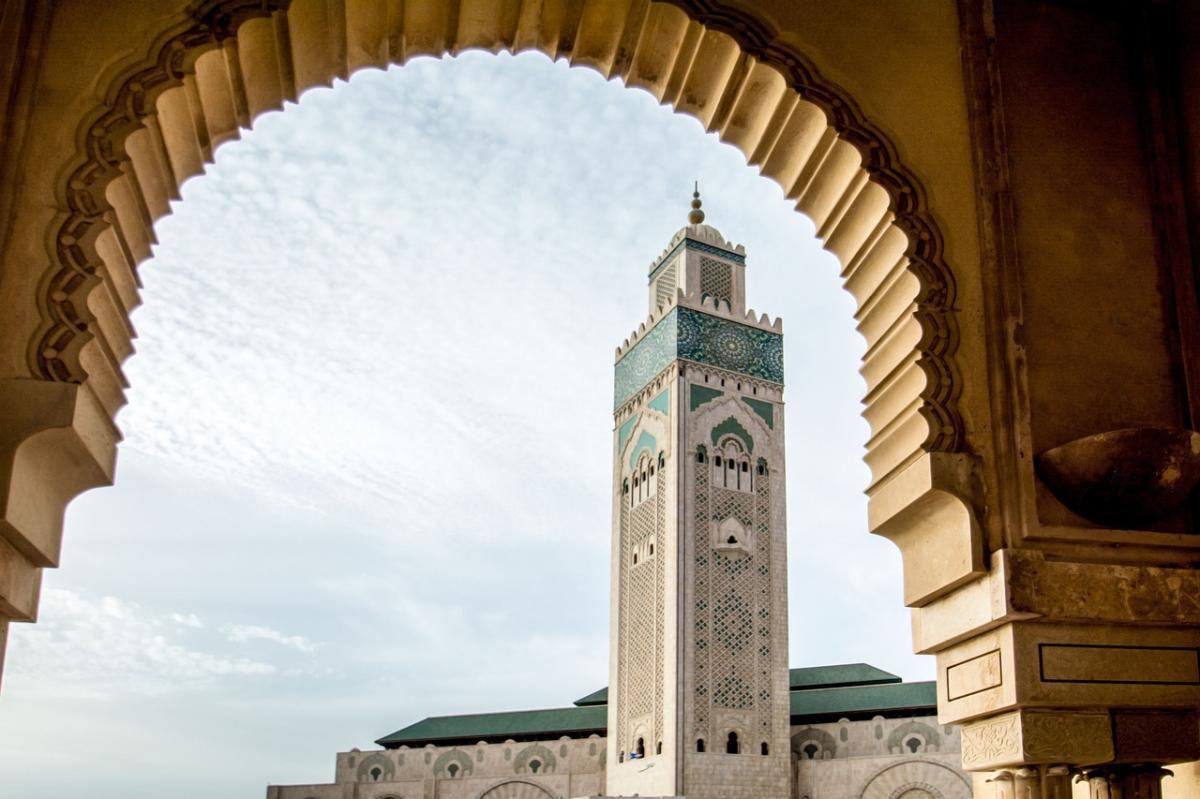
Casablanca is one of the most exciting cities in Morocco. It is a vibrant, lively city with plenty to offer visitors and locals alike. Situated on Moroccos Atlantic coast, Casablanca offers a unique blend of old-world charm and modern convenience that makes it an exciting place to explore. As the largest...
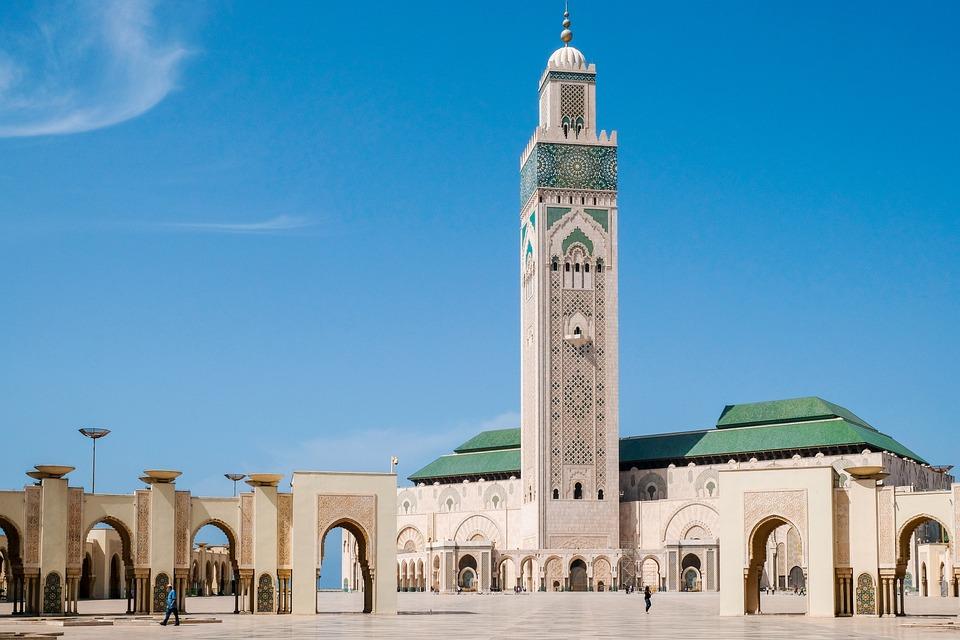
Morocco is a country located in North Africa that offers a rich cultural experience, magnificent landscapes, and an abundance of historic sites to explore. If you are planning a trip to Morocco, it is essential to research and plans accordingly to fully immerse yourself in the local culture and make...